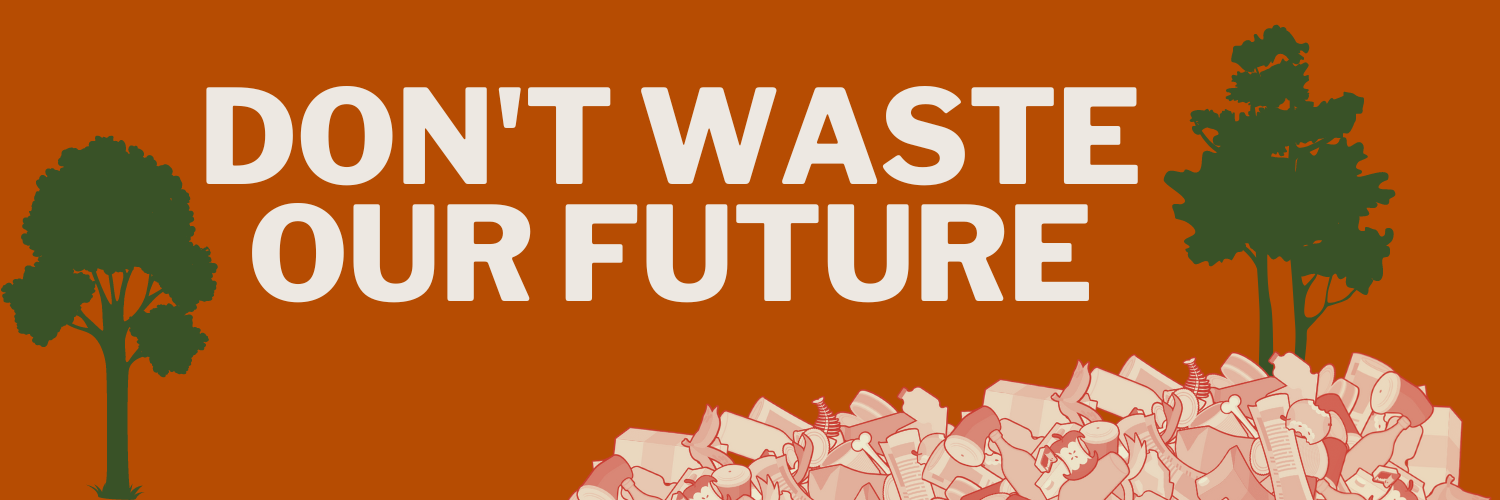Waste dashboard: north carolina
Landfills across the country are causing massive amounts of global warming through methane -- and North Carolina is the seventh-largest emitter of landfill methane in the country. North Carolina has 123 known landfills, almost 1.5 times more than New York, a state with nearly twice the population, according to EPA data. Becuase methane is about 80 times more potent than carbon dioxide in the short-term, science tells us that drastically reducing methane is the most impactful action we can take now to slow climate change – and as the third-largest source of industrial methane emissions, landfills are a clear next step. Reducing methane emissions from landfills is possible, through a combination of waste prevention programs, organics diversion policies, and stronger landfill emissions regulations. Together, we can keep trash out of landfills and slash planet-warming emissions, but we need federal regulators to raise the bar.

Industrious Labs’ analysis is based on the following data sources:
U.S. EPA Greenhouse Gas Reporting Program (GHGRP) 2022: Facilities emitting over 25,000 metric tons of CO2-equivalent/year. Industrial sectors included: Chemical Manufacturing, Food Processing, Metals, Minerals, Mining, Other Manufacturing, Petroleum and Natural Gas Systems, Petroleum Refineries, Pulp and Paper, and Waste.
U.S. EPA Landfill Methane Outreach Program (LMOP) (July 2023)
U.S. EPA GHG Equivalency calculator
*MT = metric tons
The Environmental Protection Agency (EPA) has "been understating methane emissions from landfills by a factor of two," said Susan Thorneloe, a senior chemical engineer at the EPA who has worked on the agency's methane estimation methods since the 1980s.
Part of the problem may be that the EPA's methods for estimating landfill methane emissions are outdated and flawed, Thornloe said. Thorneloe helped craft the current estimate method, and she said it "was developed over 30 years ago using empirical data for about 40 landfills.”
Citing new research out of California, she has come to believe the agency underestimates emissions.” - NPR , July 13, 2021.



